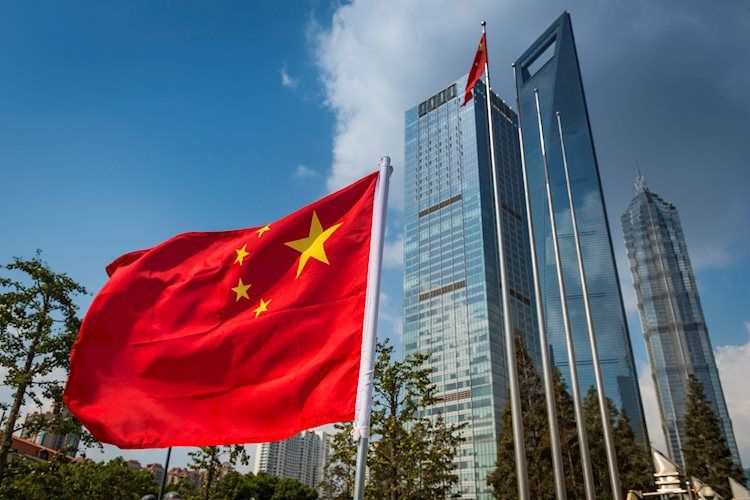The People’s Bank of China (PBOC) made an unexpected move by cutting its key 7-day reverse repo rate by 10 basis points to 1.7% on Monday. This decision has raised concerns among policymakers regarding the slowing growth in China, according to UOB Group Economist Ho Woei Chen. The rate cut came as a surprise to many, prompting banks to lower their 1-year (1Y) and 5-year (5Y) loan prime rates (LPRs) by an equal amount to 3.35% and 3.85% respectively.
The earlier-than-expected rate cut in July may have been a signal of policymakers’ worries regarding the slowing growth in China. Additionally, the easing pressure on the Chinese Yuan (CNY) could also have been a factor in the decision. The central bank had kept its 1-year medium-term lending facility (MLF) rate unchanged at 2.50% just last week. The recent rate cut indicates a shift towards the 7-day reverse repo rate as the primary policy benchmark for the PBOC.
Looking ahead, UOB Group Economist Ho Woei Chen suggests that there is still room for an additional 15 basis point rate cut for the remainder of the year, bringing the 1-year LPR down to 3.20% by the end of the fourth quarter of 2024. With the convergence of the 1-year and 5-year LPRs, the potential for further lowering the 5-year LPR may be limited, and it is expected to remain unchanged at 3.85% for the rest of 2024. In the near term, there is a possibility of a 50 basis point cut to the reserve requirement ratio (RRR).
Overall, the PBOC’s unexpected rate cut highlights policymakers’ concerns over the slowing growth in China and the need to stimulate the economy. The decision to lower the key 7-day reverse repo rate and adjust the LPRs indicates a proactive approach by the central bank to support economic growth amidst challenging conditions. With the possibility of further rate cuts and other monetary policy measures in the pipeline, it remains to be seen how the Chinese economy will respond in the coming months.
In conclusion, the PBOC’s rate cut is a clear indication of the challenges facing the Chinese economy and the proactive measures being taken to address them. With the focus shifting to the 7-day reverse repo rate as the primary policy benchmark, the central bank is signaling a shift in its approach to monetary policy. As policymakers navigate the uncertain economic landscape, further rate cuts and other stimulus measures may be on the horizon to support growth and stability in the Chinese economy.


























